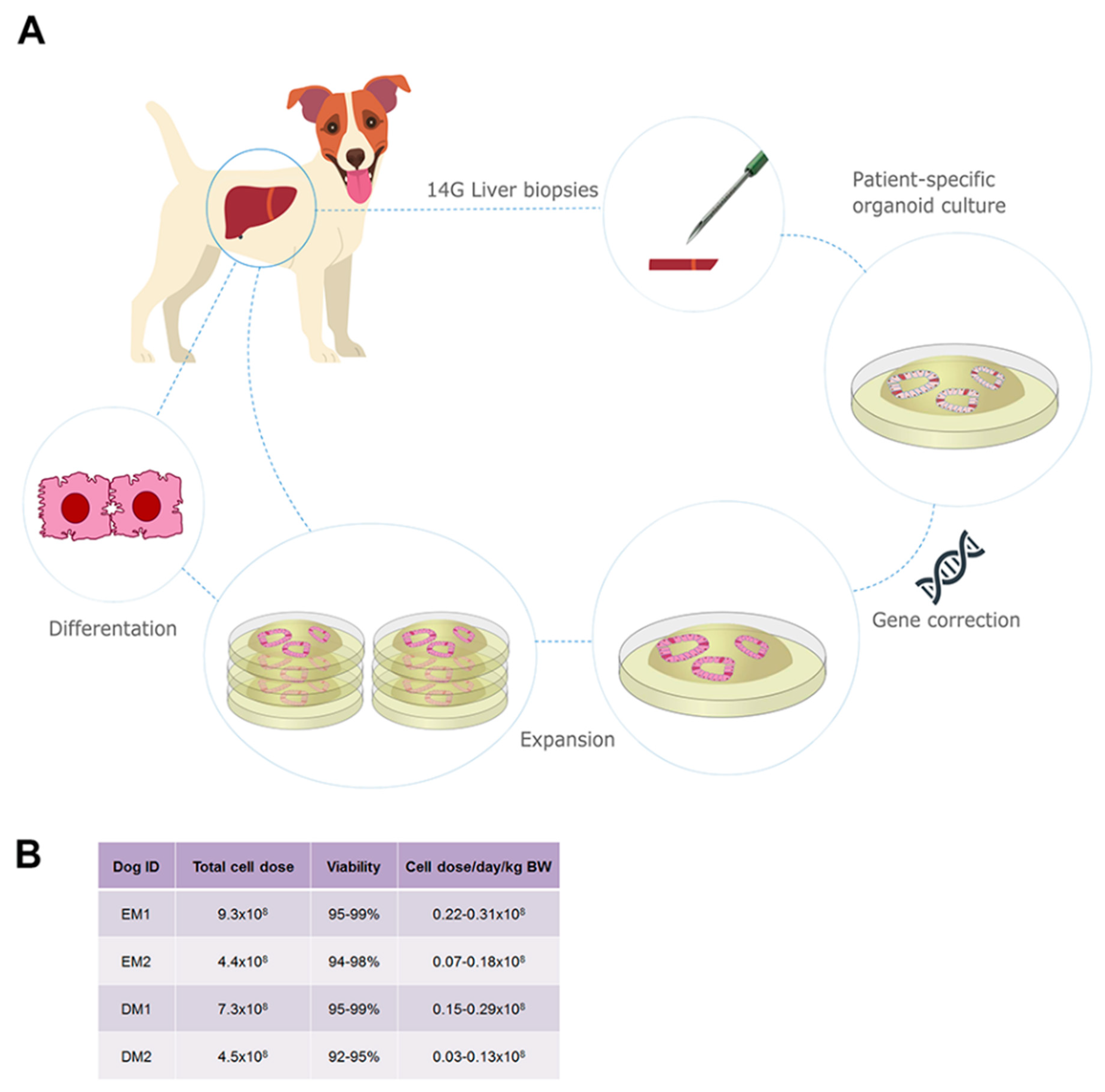Iatrogenic copper deficiency associated with long term copper chelation for treatment of copper storage disease in a bedlington terrier.
Copper storage disease in dogs prognosis.
Copper storage disease can occur as a primary disease or secondary to another disease such as diseases that cause build up of bile.
Rational pharmacologic therapy of hepatobiliary disease in dogs and cats.
This condition may be secondary to a primary disease or the result of genetic based abnormal copper metabolism.
These dogs are bedlington terrier doberman pinscher skye terrier and western highland white terrier and cause hepatitis and cirrhosis in all of them and is also a genetic disease.
Compend contin educ pract vet 2003 25 432 447.
Clinical signs are variable as some pets may not have any clinical signs while others may have severe neurological deficits secondary to liver dysfunction.
Excessive copper ingestion ndash.
Sartor ll trepanier la.
Copper is found in trace elements in the diet.
J am vet med assoc 2001 218 10 1593.
Too much copper at one time can overwhelm the liver rsquo s storage capacity and cause liver damage.
This isn rsquo t normally a problem but dogs with a genetic tendency to excessive copper storage can be affected by a high copper diet.
Copper storage disease is a disease characterized by excessive accumulation of copper in the livers of affected patients.
Changes in dog food in the.
A gene mutation causes copper storage disease in bedlington terriers.
Copper storage hepatopathy is a condition caused by an abnormal accumulation of copper in the animal s liver which leads to progressive damage and scarring of the liver cirrhosis.
Copper storage hepatopathy in dogs.
In dogs with copper storage disease excess copper is not excreted accumulates within the liver cells and causes damage.




























